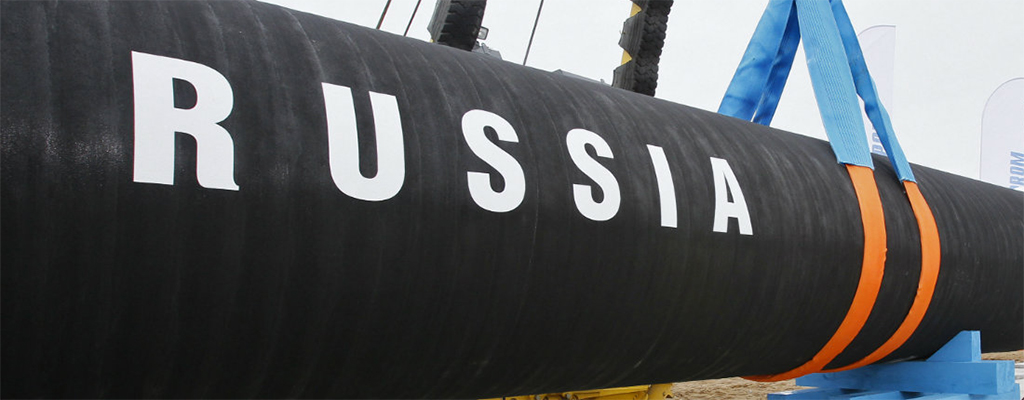Russia is set to generate higher revenues from oil exports this year despite the price cap imposed on the country by the G7 and EU in response to the country’s invasion of Ukraine.
Analysis of shipping data cited by the Financial Times shows that Russia is now shipping three-quarters of its oil overseas without Western insurance—one of the tools the G7 and the EU used to enforce the cap of $60 per barrel.
Meanwhile, prices are on the rise and Russian crude is no exception. Urals crude is trading at close to $79 per barrel and ESPO, the Far Eastern blend, is trading at over $88 per barrel.
This spring, the FT noted, citing Kpler data, Russia was moving half of its export oil without Western insurance, which suggests “Moscow is becoming more adept at circumventing the cap”.
The revelations come amid repeated assurances from the U.S. Treasury Department that the price cap was working as intended.
“In just six months, the price cap has contributed to a significant decline in Russian revenue at a key juncture in the war,” Deputy Treasury Secretary Wally Adeyemo said in June.
In August, Acting Assistant Secretary for Economic Policy Eric Van Nostrand said that he was “confident that the price cap is achieving its twin goals of restricting Russian revenues while helping stabilise energy markets”.
Yet the FT cited the Kyiv School of Economics as estimating that Russia is going to see its revenues from oil exports rise by $15 billion this year thanks to circumvention of the G7 and EU price cap.
Critics of the price cap said from the start that enforcing it would be a challenge while circumventing it would be relatively easy. Indeed, Russian, Chinese, and Indian insurers have stepped in to replace Western majors and what media call a “dark fleet” of tankers was built to ship Russian crude around the world without the participation of Western companies.
In spite of all that, the price cap and sanctions regime have had a significant effect since Russia’s invasion of Ukraine, costing Russia an estimated $100 billion in oil exports since February 2022.
The problems for Russia’s oil industry go further than just its export challenges, however, with a domestic diesel shortage forcing the Kremlin to restrict the export of fuels from the country.
By Irina Slav for Oilprice.com
Related Stories

